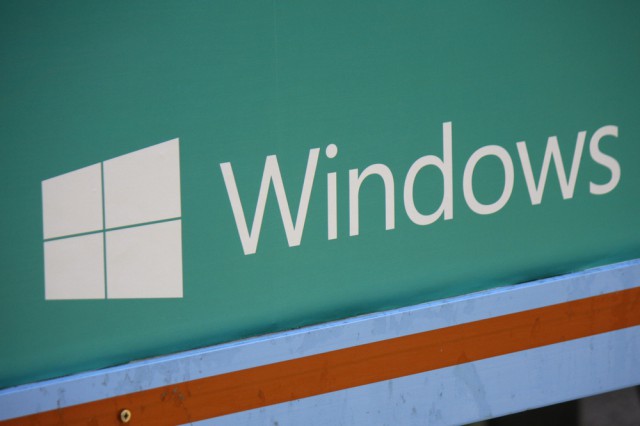
Windows 8 onwards incorrectly implements ASLR security feature, but you can fix it
Since Vista, Windows has included a security feature known as ASLR. Address Space Layout Randomization uses a random memory address to execute code, but in Windows 8, Windows 8.1 and Windows 10 the feature is not always applied properly.
A security analyst discovered that in the last three versions of Windows, ASLR was in fact not using random memory addresses, essentially rendering it useless. The good news is that there is a fix -- but you will have to apply it manually.

Microsoft starts charging for its beta exam program
It's always great when something is free, but there is the danger that it becomes undervalued. That's precisely what seems to have happened with Microsoft's beta exam program, so the company has decided to start charging candidates to sit exams.
This is not so much about using the exams as a way of filling Microsoft's coffers, but more about trying to ensure that people who want to take the exams are able to. The Windows-maker says that there have been many instances of no-shows, and this is depriving others of a seat.
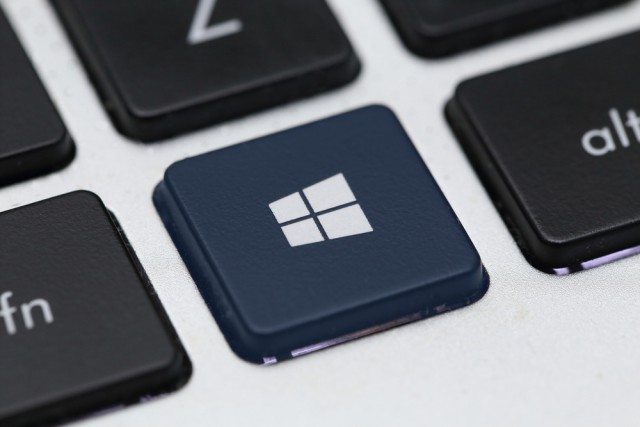
Microsoft releases Windows 10 Redstone 4 Build 17040 to the Fast ring
Last week, Microsoft rolled out Windows 10 Insider Build 17035 to users on the Fast ring (and Skip Ahead), but didn’t make it available to all. A bug affecting PCs with AMD processors meant that Microsoft was forced to block the new release on those systems.
The latest new build, Build 17040, fixes that issue, meaning it’s available for all Insiders to download from today.
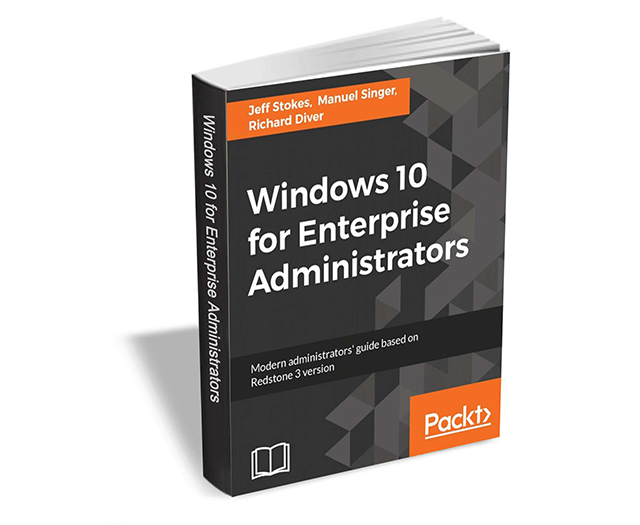
Get 'Windows 10 for Enterprise Administrators' ($36 value) FREE for a limited time
Learn the art of configuring, deploying, managing and securing Windows 10 for your enterprise.
Microsoft’s launch of Windows 10 is a step toward satisfying the enterprise administrator’s needs for management and user experience customization. This book provides the enterprise administrator with the knowledge needed to fully utilize the advanced feature set of Windows 10 Enterprise.
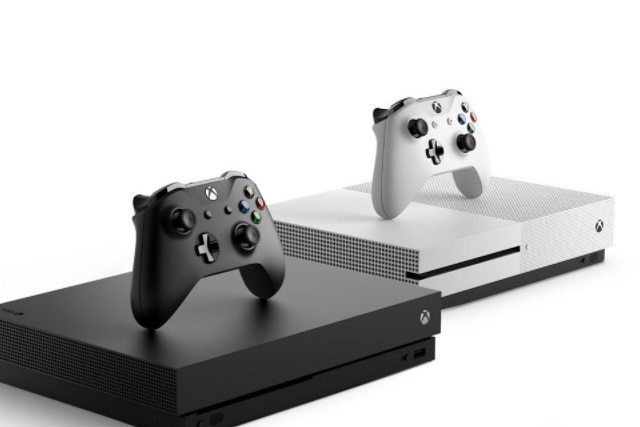
Xbox One digital game gifting now available to everyone
Buying an Xbox One game as a gift for Christmas, birthday, or other occasion no longer means having to hit the stores, or buy a gift card. Microsoft has now opened up digital game gifting to everyone.
While this is not a completely new option, it was previously only possible to send games to people via Xbox Live. Now you can buy a digital game for a friend or family member, and send it to them via email.
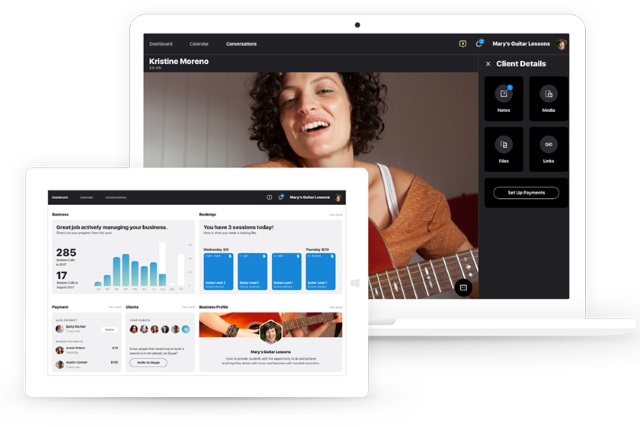
Microsoft announces Skype Professional Account Preview
Microsoft has announced the upcoming release of a Skype Professional Account desktop client. Due to launch in the US as a preview very soon, this is a business-focused build of Skype that offers a host of extra features.
This includes the ability to book meeting, make notes and take payments, all from the comfort of a chat client. The aim is to reduce the number of tools and services anyone conducting a business online needs to use.

Microsoft's Black Friday deals could save you a bundle on Surface and Xbox devices
It may be more than a week until Black Friday, but the big-name companies are already releasing details of the money-saving deals that will be available. Microsoft is one such company, and today it has revealed price cuts for Surface devices, the Xbox One S, Windows Mixed Reality headsets, and more.
As well as offering savings of $329 off the Surface Pro i5 256GB, Microsoft also shares information about savings available from its partners -- including up to $300 off Windows 10 laptops.

Google helps fake Microsoft software con victims out of money
Most people rely on and trust Google's search results. It’s what the company is best known for, after all. However, anyone searching for a copy of Microsoft’s video editing software is in for a nasty surprise.
Windows Movie Maker was put out to pasture in January of this year, but its appeal is such that a fake version has arrived, and is conning people into parting with money thanks to an unlikely ally -- Google.
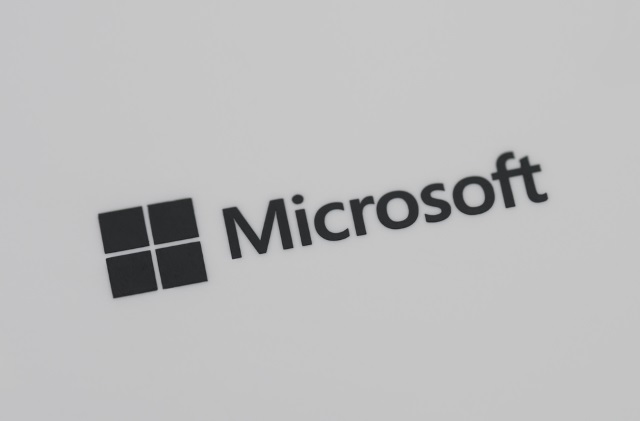
Microsoft brings Windows Defender Advanced Threat Protection to macOS, Linux, iOS, and Android
Microsoft has announced that it is teaming up with Bitdefender, Lookout, and Ziften to expand the reach of Windows Defender Advanced Threat Protection (ATP). By partnering with the three major security firms, Microsoft is set to bring ATP to macOS, Linux, iOS, and Android devices.
Bitdefender, Lookout, and Ziften will all feed threat detection information into one central resource, and this can then be used by security teams to keep an eye on all threats in a single location.

Microsoft uses Artificial Intelligence for all-new LinkedIn-powered 'Resume Assistant' for Word
If you are currently unemployed, underemployed, or simply looking to change jobs, I urge you to create a LinkedIn profile if you haven't already. The days of showing up at a job with a pen to complete an application is largely dead. Heck, many employers don't even want you to email them a resume nowadays -- some just ask for your LinkedIn profile instead. Don't have one? You are out of luck.
But OK, some employers do still ask for a traditional resume, so it is good to be prepared just in case. Today, Microsoft announces that it will make creating a resume even easier. How? With the upcoming "Resume Assistant" for its Word program. This tool is powered by LinkedIn -- a service Microsoft now owns. The Windows-maker is even leveraging Artificial Intelligence to make this endeavor work better. Basically, the tool will create a resume in Microsoft Word using your LinkedIn history, while also suggesting ways to improve the way you are describing your skills, education, accomplishments, and more.

Microsoft releases feature-packed Windows 10 Redstone 4 Build 17035 to the Fast ring... but not for everyone
Microsoft is busy working on the next big feature update for Windows 10, codenamed Redstone 4, and today it releases a new build for Windows Insiders on the Fast ring (and Skip Ahead).
It’s been a fortnight since we last had a new build as Microsoft encountered some major bugs that meant it wasn’t able to push out a new version last week. Build 17035 comes with some exciting new features and improvements, but unfortunately not everyone will be able to install it.

Steam: Gamers abandoning Windows 10 in huge numbers
Microsoft has -- for the moment at least -- stopped updating its official Windows market share page, which means if you want to see how well the various flavors of Windows are doing, you have three options. StatCounter’s latest update shows Windows 10 closing in on Windows 7, while NetMarketShare’s figures have the new OS still a long way off reaching that milestone.
The third option is Steam’s monthly user survey, which shows the state of things from the gamers’ perspective. Usually Windows 10 is by far the most popular OS but in October its share tumbled, while Windows 7’s shot up. A mistake surely? But no, it seems to be correct.

StatCounter: Windows 10 narrowing the gap on Windows 7, will overtake it this month
Each month, we report NetMarketShare’s figures on the state of the desktop operating system market. Although the numbers occasionally go a little haywire (last month, for example, they briefly showed a sizeable -- and unrealistic -- growth for Linux, before being corrected), they are usually pretty consistent.
NetMarketShare isn’t the only firm that monitors operating system share however. StatCounter also keeps a close eye on the state of things, and its figures paint a very different, and much rosier picture for Windows 10.

NetMarketShare: Windows 10 sees its slowest growth in months
The Windows 10 Fall Creators Update began its rollout last month, and according to AdDuplex it’s already on over 5 percent of systems running the new OS.
Windows 10’s growth has generally been quite slow since Microsoft pulled the plug on the official free upgrade path, and the latest figures from NetMarketShare show no change here. In fact, in October, Windows 10 saw its slowest growth in months.
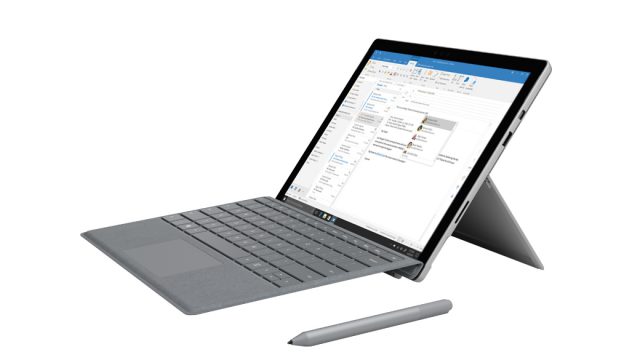
Microsoft will release Surface Pro with LTE Advanced in December
We've known for a while that a 4G LTE model is going be introduced in the Surface Pro range, and today, at the Future Decoded event in London, Microsoft officially announces when it will be available.
Microsoft says that Surface Pro with LTE Advanced, as the new version is formally known as, will start shipping to business customers in December. It comes with global connectivity and fast transfer speeds, thanks to a Cat 9 4G LTE modem.
